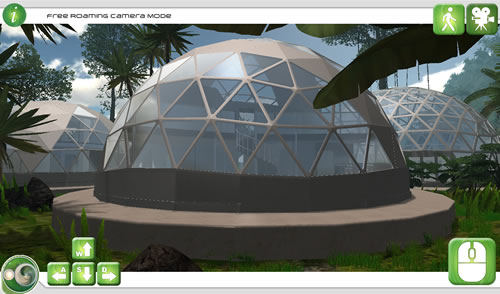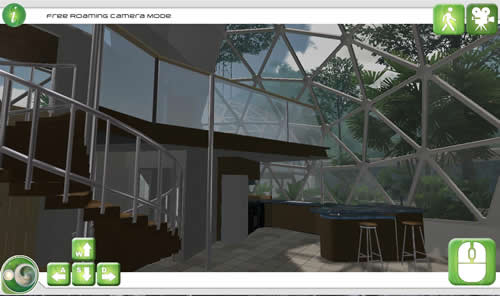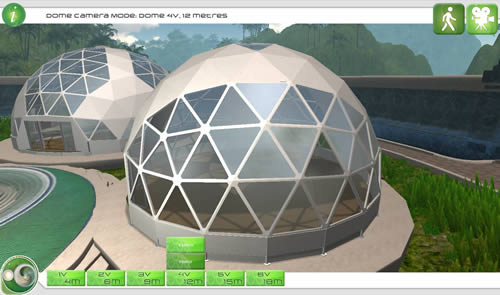- PO Box 989 Mullumbimby Contact us
- Call Us: +61 2 6684 3173
The History of Aquaponics Systems
The aquaponics system is a revolutionary food production system that integrates both aquaculture and hydroponics. Like any 'disruptive' technology, the aquaptonics system has a rich history behind it. It has made a lot of people re-evaluate the way in which they approach farming and gardening. It is hinged on the age old wisdom of 'doing more with less'. Advantages of aquaponics systems include abundant food production, high energy efficiency, water conservation and reduced costs. In this article, we shall take a look at the history of aquaponics systems.
The Roots of Aquaponics Systems
There has been widespread debate about the true origin of the aquaponics system. The earliest forms of aquaponics systems were traced back to the ancient Aztec people who lived in central Mexico at about 1000 AD. The saying 'necessity is the mother of invention' couldn't be more apt as in the case of development of aquaponics systems by the Aztec people. They did not have places to grow their food because they inhabited land that was on the shores of Lake Tenochtitlan; a fresh water lake surrounded by marshes and rising hills.
To solve this problem, they designed rafts made out of reeds 'chinampas', covered them with soil and planted vegetable crops on them. These 'floating islands' or chinampas are perhaps the earliest forms of aquaponics systems designed for agricultural use where plants were cultivated in shallow lakes and wastes emitted from these chinampa canals. Introduction of fish farming to aquaponics systems on the other hand, is attributed to people from South China and Thailand who reared fish alongside rice in paddy fields.
Modern Aquaponics
Highly talented individuals at the New Alchemy Institute and the North Carolina State University are the minds behind modern aquaponics. Inspired by the need to reduce dependence on land, water and other natural resources, these highly educated individuals came up with modern and more efficient ways of merging aquaculture and hydroponics. The most evident shift of modern aquaponics systems from the traditional aquaponics systems is the preference of re-circulating, self-sustainable systems to large ponds. Serious research into aquaponics systems began in the seventies with the New Alchemy Institute and North Carolina State University setting the pace for the rest of the institutions.
While still a new concept, the problem of accumulation of toxic waste materials from fish was a major bottleneck. Continuous research led to the use of terrestrial plants to purify and oxygenate water for the fish in the system. The terrestrial plants on the other hand benefitted from the nutrient rich water caused by the presence of fish. More developments such as the deep water culture hydroponic, use of biogas as energy sources and indoor production systems are continuing to showcase the creativity that is keeping the dream of aquaponics systems alive. At the moment, the largest indoor commercial sized aquaponics system is located in Watsonville California.
Days To Come
Various dignitaries, humanitarians and institutions such as the Agriculture Experiment Station at the University of the Virgin Islands continue to burn midnight oil in a bid to design more efficient aquaponics systems. The rapidly growing world population and limited earth's resources continue to make aquaponics systems attractive to many people. Aquaponics systems are quite rightly tipped to be the future farms and gardens of the future.
Download the Sustainable Domes Walkthrough app now - just like our facebook page and look for the details.
15m Residential Dome

15m Residential Dome Internal

12m and 15m Residential Domes



